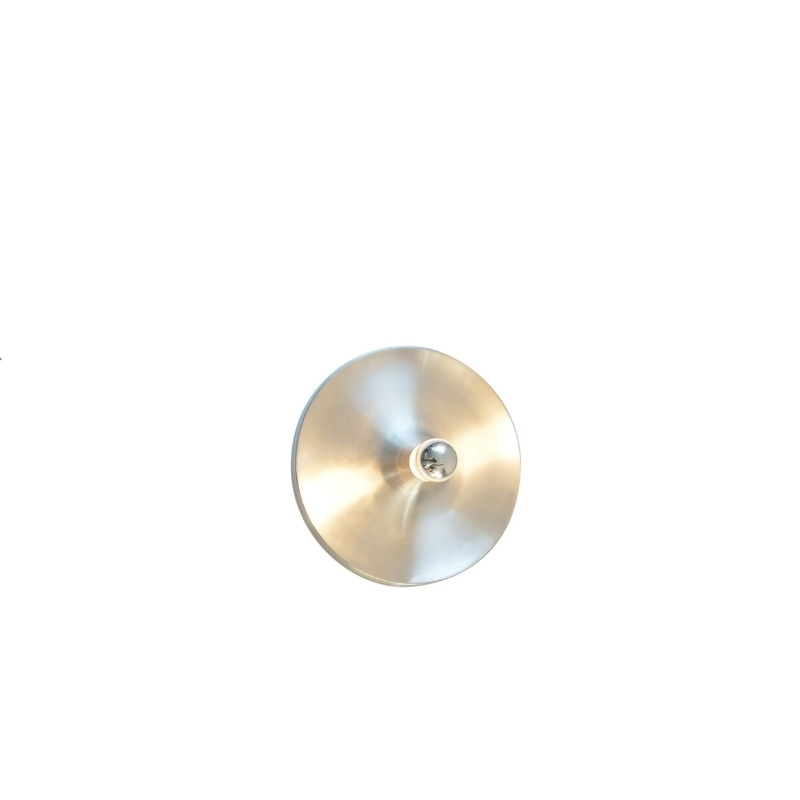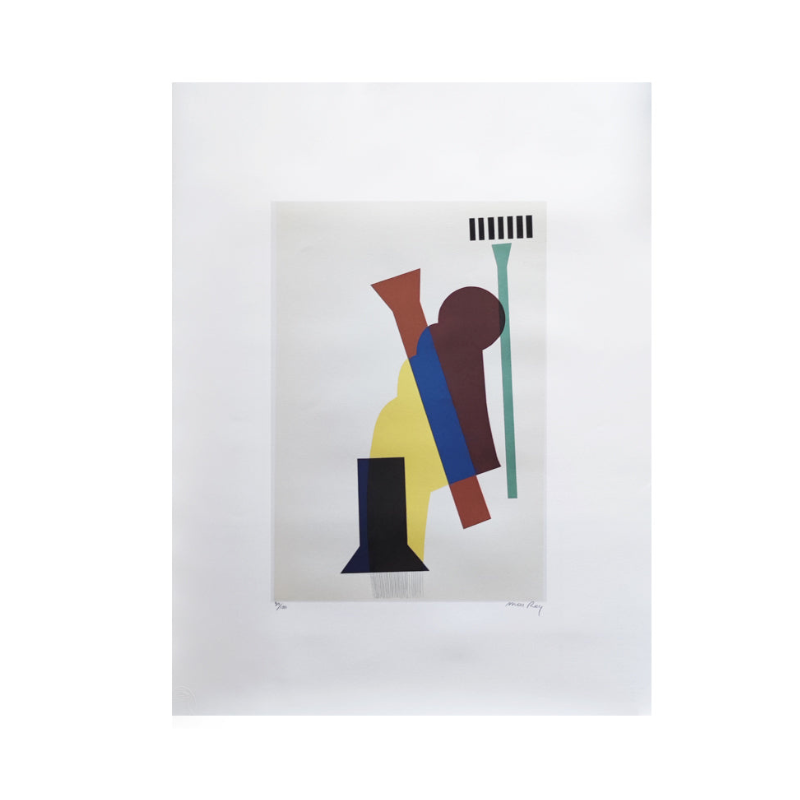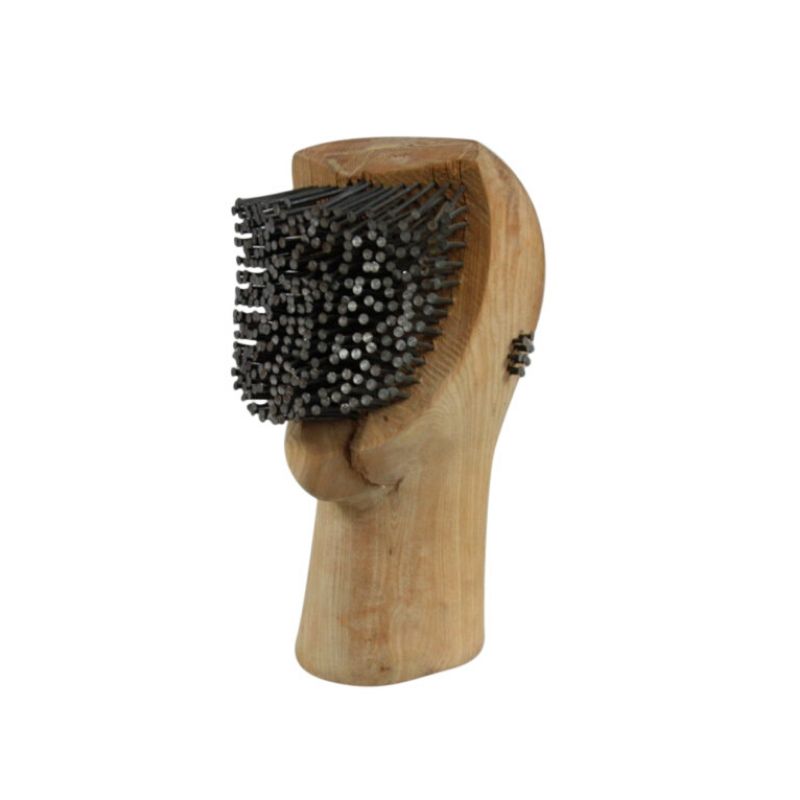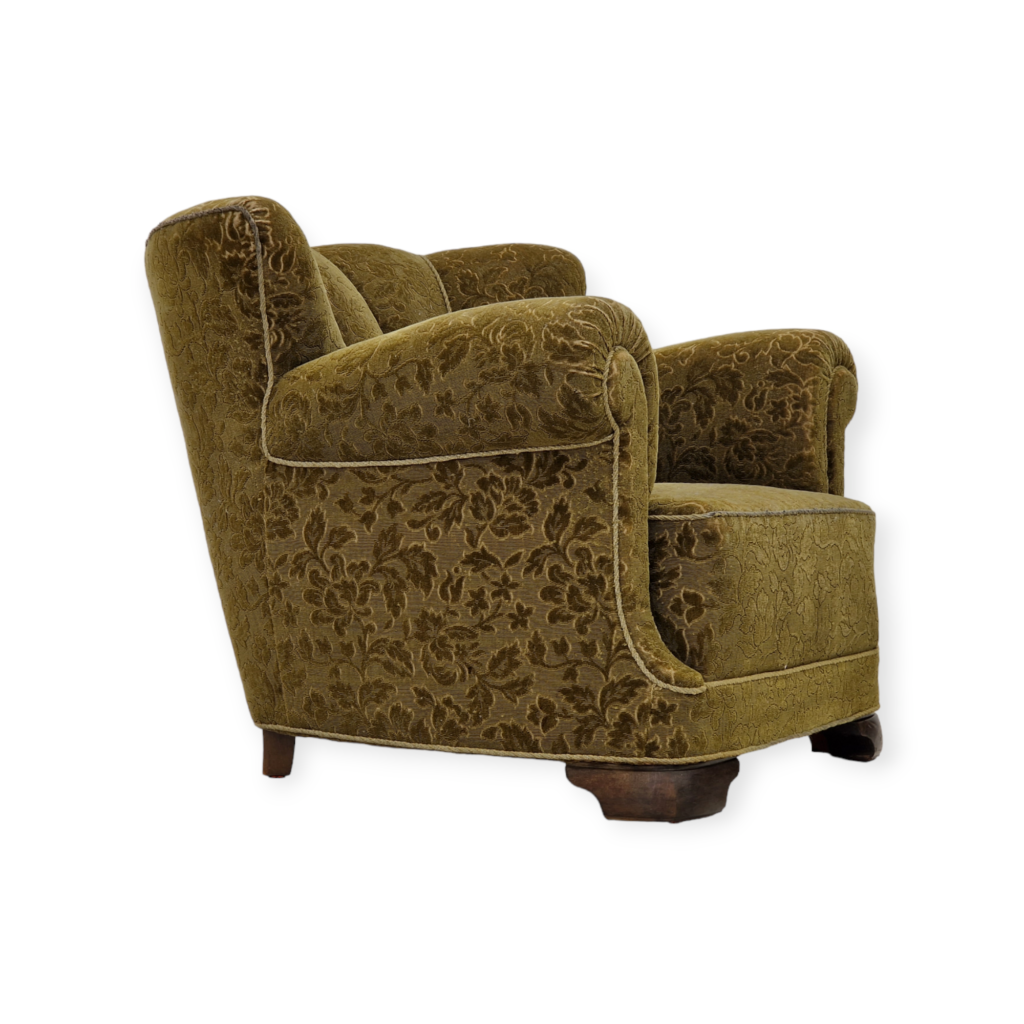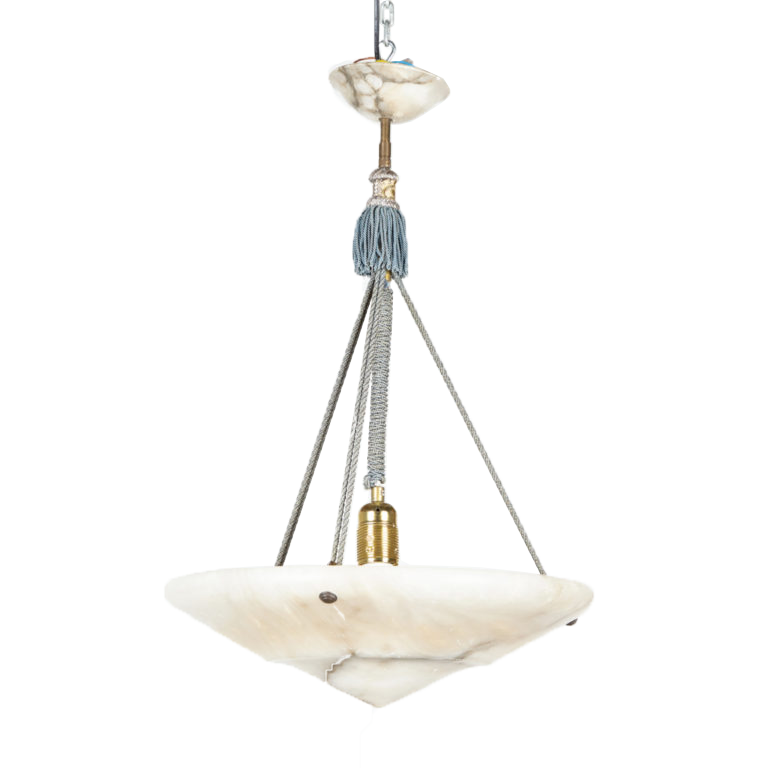Any decent chair...
Any decent chair caner/weaver should be able to reweave the seat. Ask to see rush seats and ask if they've done rush-style weaving with Danish papercord (because it's less forgiving than rush).
What I'm saying is that you don't need to go to someone who specializes in Danish chairs.
As for the black cord, good luck! Some of us on this board have looked for it extensively online and can't find a U.S. source. I think you can get it in Denmark and maybe the UK. Not sure. I've been meaning to ask Frank at Frank's Cane & Rush Supply if he knows anything about it. He carries a nice selection of papercord in the usual kraft brown color (different sizes and laced and unlaced) as well as a bunch of prewoven cane of the type used in Danish furniture. I've bought a lot of papercord from them over the years and their service and goods are excellent.
http://www.franksupply.com/
The wishbones are woven with...
The wishbones are woven with a slightly different pattern then the normal rush seats. I have seen the wishbone chairs woven that way and they look awful, it's a symmetrical weaving pattern instead of the clockwise rush pattern. I'm sure any seat weaver could do it but they need to know exactly what the weave is before they try.
adamfowler--
you just blew my mind! What do you mean by the weave being symmetrical? Are the front-to-back strands put in first, then the sideways ones added? I can't picture how this is done but I am now dying to know, because I have a Wegner rocker with that kind of seat. I've woven it two or three times the usual way and it did indeed look awful. I assumed it was me not getting the corners exactly 90 degrees.
OK, so...
...I found the video below on youtube. It's of a Wegner Peacock chair being built in Denmark. They show the seat being woven and it looks to me like it is the usual rush pattern, though the narrator does comment on how it's harder to do because the seat is asymmetrical and one must do an extra few "corners" to keep the weave square. I didn't have any trouble doing this myself, it was only later when the millimeter or so less or more than 90 degrees on each turn began to add up. I attributed this to the stiffness of the Danish papercord that I was using (bigger diameter than the usual stuff). Maybe I'm wrong though.
The narrator said that the chair is so difficult to weave that only two guys know how to do it. Maybe what he really means is that those two guys do it better than anyone else, which is probably very true if that's all they do! It's one of those things that takes a LOT of practice, I think.
The other kind of woven Danish seat is a breeze by comparison.
another video,
this one is easier to see what he's doing and yes, it's definitely the traditional rush pattern. But look how hard he's pulling on those strands. He also points out to a bystander something the diagonal row of joints that forms in the seat---probably saying how it's important to keep the diagonal neat and straight. I found that impossible to do on two of them but easier on the other two, and I couldn't figure out what the difference was.
http://www.youtube.com/watch?v=ImKkFwcopQg&
always allows the knot to be...
Edited (the first part of my initial message didn't show)
Hi Spanky,
The second video shows Sato, a Japanese native who has worked at Carl Hansen & Son for 15 yrs.
Here's a rough translation to that second video:
Sato cuts a 5 or 6 meter paper cord to start his weave for the Y-chair, since this length always allows the knot to be tied at the bottom of the chair. A Y-chair takes about 100 meter of paper cord to finish. The most difficult part of the weave is where the paper cord meet and change direction. The same amount of strength has to be applied when pulling paper cord on allsides in order to make the diagonal row straight, and the tightness of each weave has to be same. It takes Sato 40 minutes to finish one chair.
Not sure if this helps, I think it all translate down to what you said- experience (and maybe the shorter strands of paper cord help too)
I am extremely lucky to have found 2 J16 and one CH23 at a thrift store recently. The CH23 bears no marking and has been reupholstered. I will be re-cording that as soon as the Danish cord arrive (have never done it before, so wish me luck) The J16s are not in the best shape either, but I can tell you that they used at least 6 strands of paper cord since there are 6 knots on the bottom of each chair)
Spanky
When i said woven symmetrically i meant that the pattern is symmetrical. if you weave the chair in the regular rush pattern the front right corner looks different the the front left corner. The little triangle that you want can not be formed without tying a knot on the front right corner. That knot is what makes the weave symmetrical and also allows for the corners to be 90 degrees. By tying the knot you are also tightening the weave and once you get used to how much pressure you need to have on the cord and the knot you shouldn't have a problem with the chairs, you might not be able to weave them in 40 mins though.
Thanks, adamfowler
I had that problem too and ended up kind of jerry-rigging one corner so that they matched, then went from there.
My greater problem was getting the turns exactly 90 degrees. Thank you SO much, Light.Folio for translating that second video! It confirms what I've suspected. I don't think the length of the cord is all that crucial---you want to use as long a length possible without it taking forever to pull through each time, or to be in such a big coil that it's hard to maneuver. It gets trickier at the end when there's not a lot of space to pull it through and you risk it getting worn.
The problem is those turns. They're just very hard with the bigger diameter cord that you need for the rocker. I finally gave up and used the regular diameter cord and that just doesn't look right. I tell myself that I'll try again someday but I dunno...maybe with a winch?! I don't know if my hands can take all that pulling at my age.
furniture whisperer
I am new to the forum and am re-cording a Y chair as we speak. I couldn't figure out how to fill in the front corners since the usual way will not work. I think the diagram provided will do the trick for me. Thanks.
Regarding the 90 degree corners...make sure you are hauling with your full weight when pulling across. Have a spring clamp at the ready and clamp each time you pull across and then under. Set up your next loop, then release the clamp once you are ready to haul on the next bit. You should see the cord move a bit with your extra tug.
Pinch the 90 degree with your fingers when you are adding the new turn. I mean that you line up the new turn with the previous one by pinching them with your thumb and forefinger.
Every 3 or 4 strands, tap with a screwdriver and make sure it is pretty perfect before continuing.
All of the rushing I have done has been made perfect and tight by stuffing the seat as you go. I don't think this was done for the Y chair. The raised side rails are going to make this job very tricky.
seat weaving video
hi Spanky, I was just reading the thread on weaving a peacock chair, and need permission to access the second video you supplied in you tube. I'm not really sure how to go about this. Are you able to help? It's this one http://www.youtube.com/watch?v=ImKkFwcopQg&
thanks and regards,
Roy
If you need any help, please contact us at – info@designaddict.com




